FEW books or TV shows have done as much to promote history as Hilary Mantel's Wolf Hall trilogy. Her death a few months ago might seem untimely, but for the Metropolitan Museum of Art, the most important person was the late Queen Elizabeth II. Her Majesty was the main source of material for The Met's blockbuster this season: "The Tudors: Art and Majesty in Renaissance England".
Being an exhibition about a dynasty, the curators couldn't avoid referring to the writer who brought some of the three generations to life. Turning their backs on Mantel's writing, they do concede that the tendency to make entertainment out of British royals goes back a long way. One of the first moving pictures ever made was the 1895 silent film Mary Stuart (an honorary Tudor.)
The Met has also managed without the alternating austerity and candlelit gloom of the BBC's Wolf Hall. There is just enough murk to give a feel of troubled times, as well as some of the luxury that was filtering through from further east.
In their enthusiasm to show the Tudors as resplendently English, the curators have missed out some cross-cultural references. These are perhaps more visible to viewers immersed in the art of what used to be called the "Orient".
OTTOMAN INFLUENCE
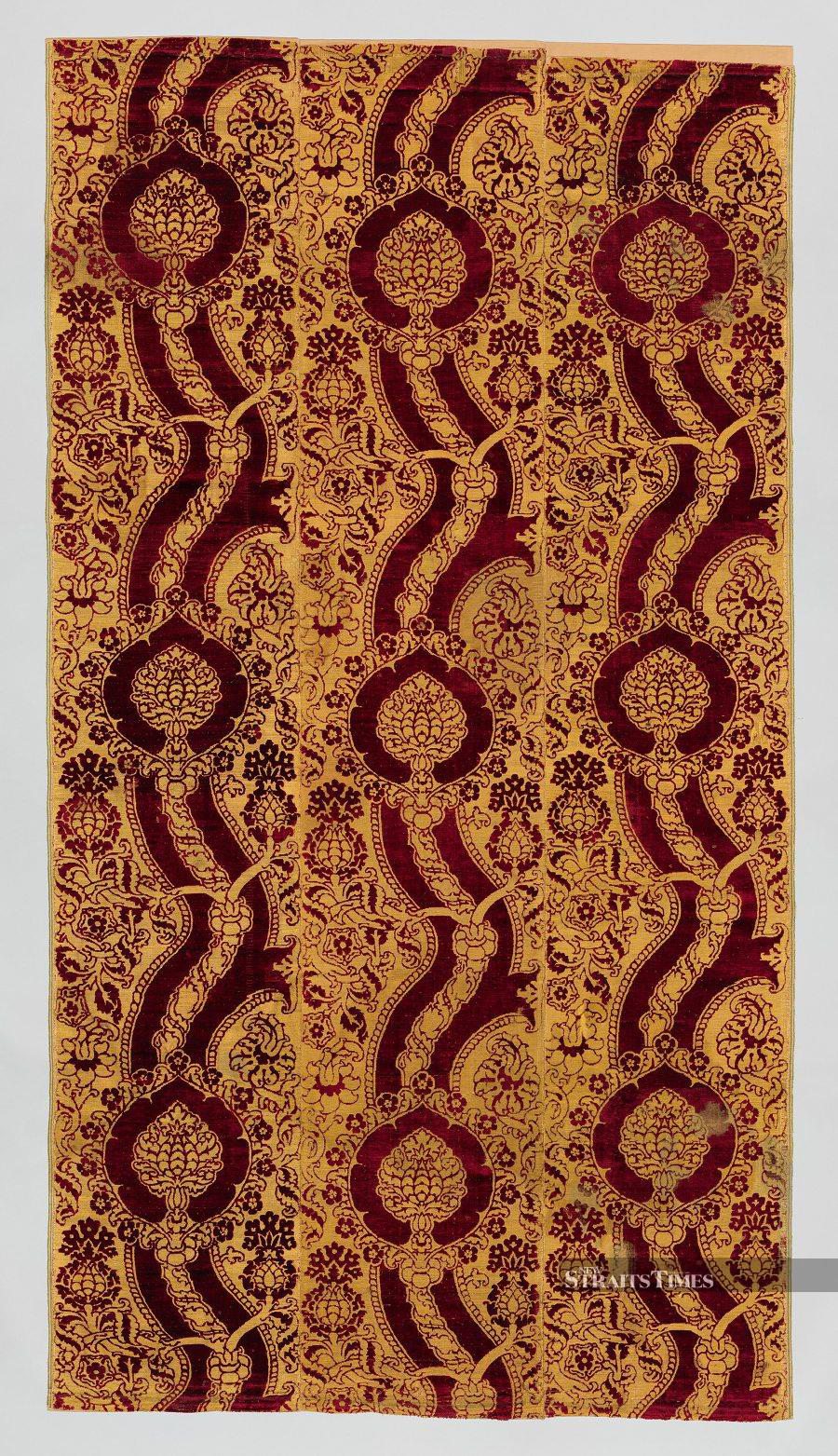
The director of the Islamic Arts Museum Malaysia, for example, clearly has an advantage in sighting such items over Euro-culturalists, who will move on unaware. A showpiece of the exhibition that greets visitors is described as being a silk velvet furnishing textile, probably from Florence about five centuries ago. Those who have spent some time with Ottoman Turkish weavings will spot the influence immediately.
It's a point that should be made, if only because several decades later the influence had spread much further west than Italy. Even distant England became a major importer of wares and ideas from the Ottomans.
Queen Elizabeth I went so far as to try making an ally out of the Muslim Turks against her Catholic foes in Europe. More credit is given to the origins of other items that were the pride of her father's collection.
Henry VIII was a compulsive buyer of carpets from Asia Minor. One of the finest portraits in the exhibition shows the king standing imperiously on what the curators describe as an "Islamic carpet". Henry imported so many of these, mainly from Anatolia, that enterprising English weavers started to copy them for other customers.
TUDOR OBSESSIONS
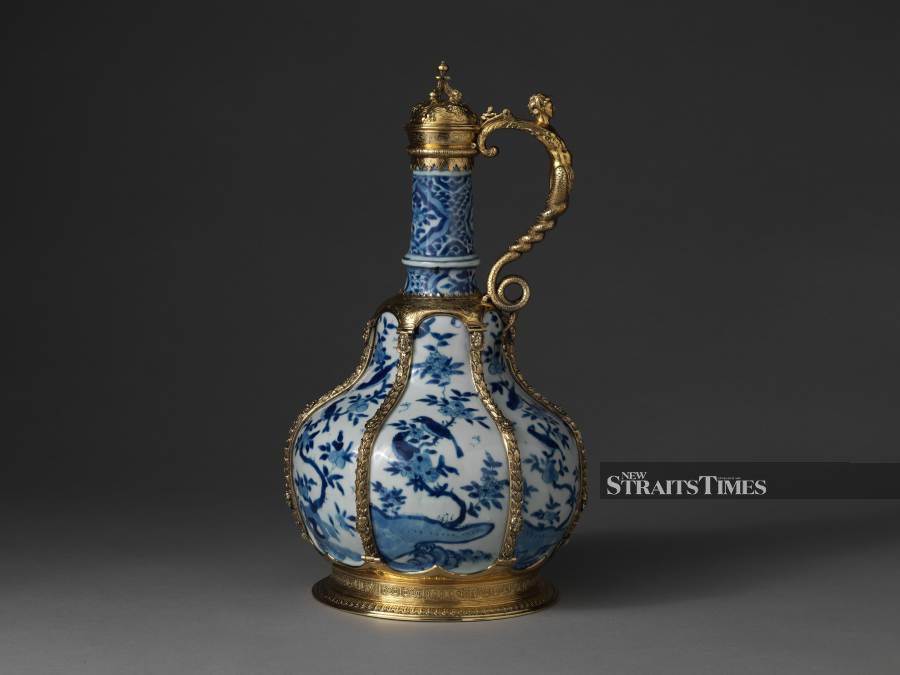
The Tudors' love of luxury is fully displayed at this exhibition. Top of the list in the 16th century were Chinese ceramics. Royal collectors were often unaware of where they came from but the generic term "chinaware" was pretty accurate.
The few items that made their way to the English market were considered an almost supernatural wonder. It was widely thought that something so fine and lustrous must have been made by planting seashells in the ground and waiting for them to turn into what became known as porcelain. So revered were they at the Tudor court, it was common to encase them in gilded mounts as protection and a sign of respect.
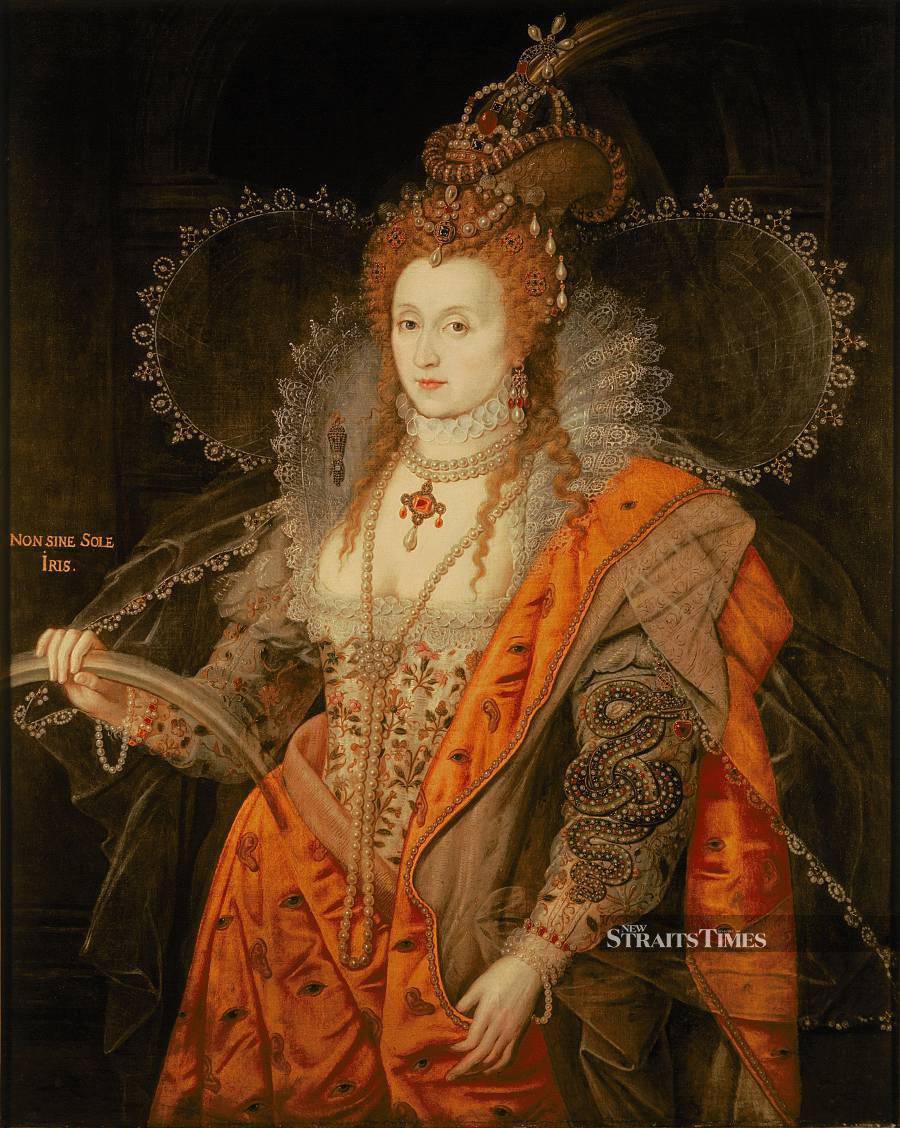
The other Tudor obsession was sitting for portraits. Image was everything; identities are often unknown. The most prolific self-publicist was the first Queen Elizabeth — the poster girl and the catalogue cover girl. It's a different story with her half-sister, Queen Mary I. Unlike the radiantly pure and Protestant Elizabeth, the Catholic Mary glares from a nearby wall in an inferno of colour, mostly red.
The greatest surviving Tudor achievements really come down to one man. What would the dynasty — and exhibition — be without Hans Holbein the Younger? This emigre artist from Basel managed to create the most memorable portraits of the era.
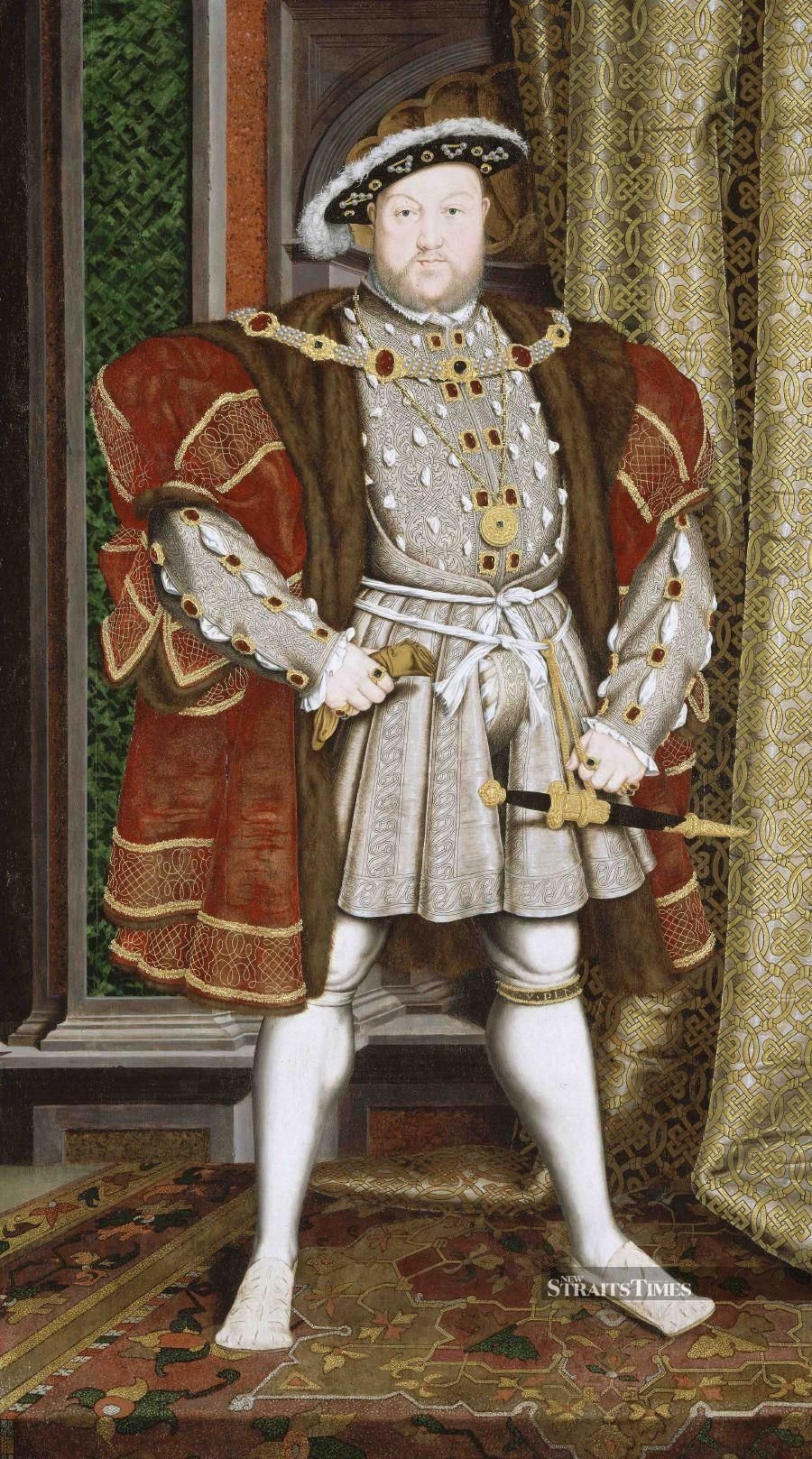
Scattered among the big-name and no-name sitters are less-celebrated figures such as Robert Cheeseman, falconer to the king. The most exceptional subject is not by Holbein, nor is he a Catholic or a Protestant. He is a Muslim, probably the first to be painted in England.
THE EMISSARY, ABD AL-WAHID
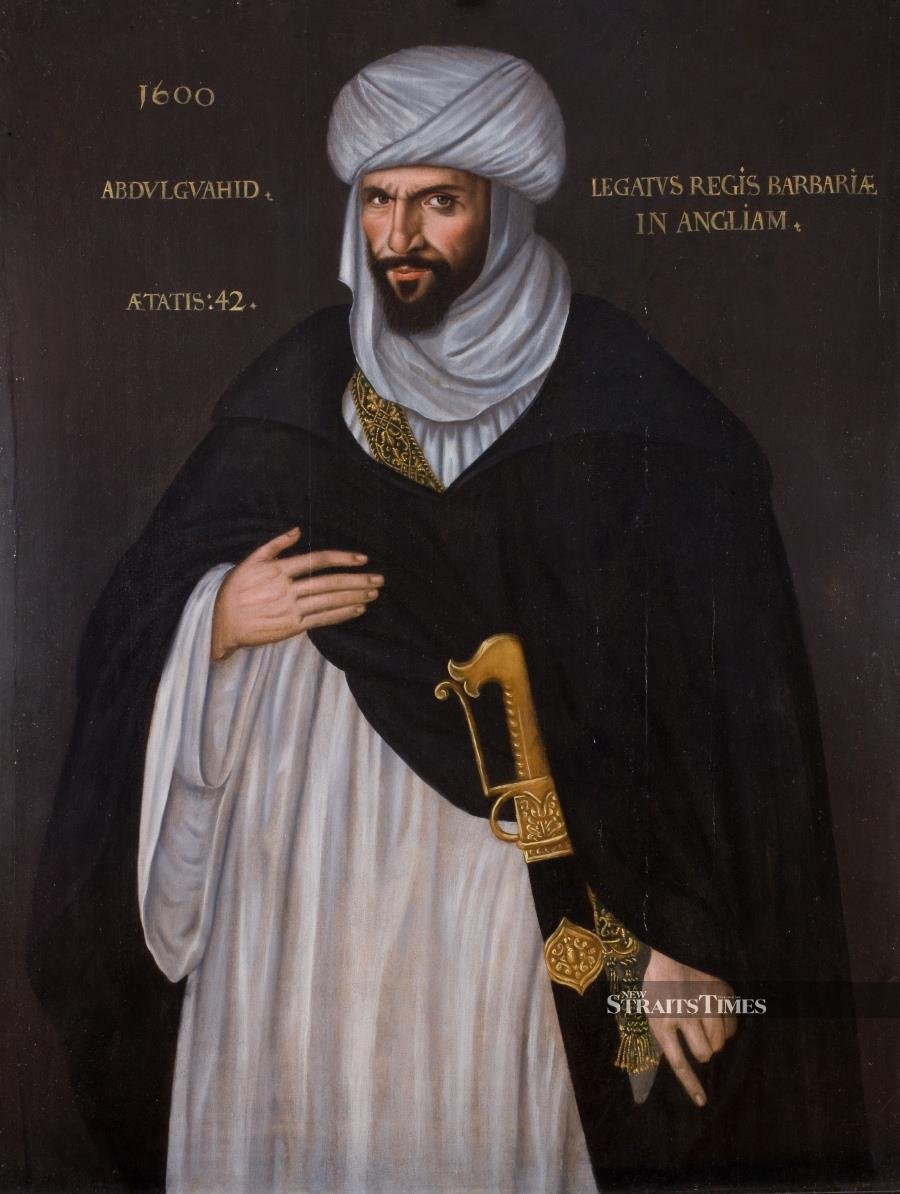
The subject is Abd al-Wahid bin Mas'ood, a remarkable reminder of the globalised diplomacy of the late Tudor age. It depicts an emissary of the Sultan of Morocco who spent six months in London, in 1600. The purpose of his visit was intended to look like a trade negotiation with Elizabeth I.
This will sound very familiar to those following the final years of the late Queen Elizabeth II, whose government was desperately trying to stitch up a trade deal with Morocco. Four centuries ago, Morocco was a prime exporter of England's most sought-after edible luxury, sugar.
In reality, Abd al-Wahid was secretly proposing an Anglo-Moroccan alliance against the Spanish, to capture their colonies in both the East and West Indies. This would have been a bold plan in any era, brought to life by this painting in the University of Birmingham.
The queen must have taken it seriously as there was a grand audience at the now-lost Nonsuch Palace. To make the place even more impressive, she had tapestries brought from Hampton Court.
There was no concrete outcome from the encounter other than a portrait of "the king of Barbary's legate to England." As the visit was so widely discussed it's also possible that Abd 'al-Wahid's presence inspired Shakespeare to create Othello, written just a few years afterwards.
Follow Lucien de Guise at Instagram @crossxcultural
The Tudors: Art and Majesty in Renaissance England
Where: The Metropolitan Museum of Art, New York.
When: Until Jan 8, 2023 before moving on to Cleveland Museum of Art, Ohio, USA.





